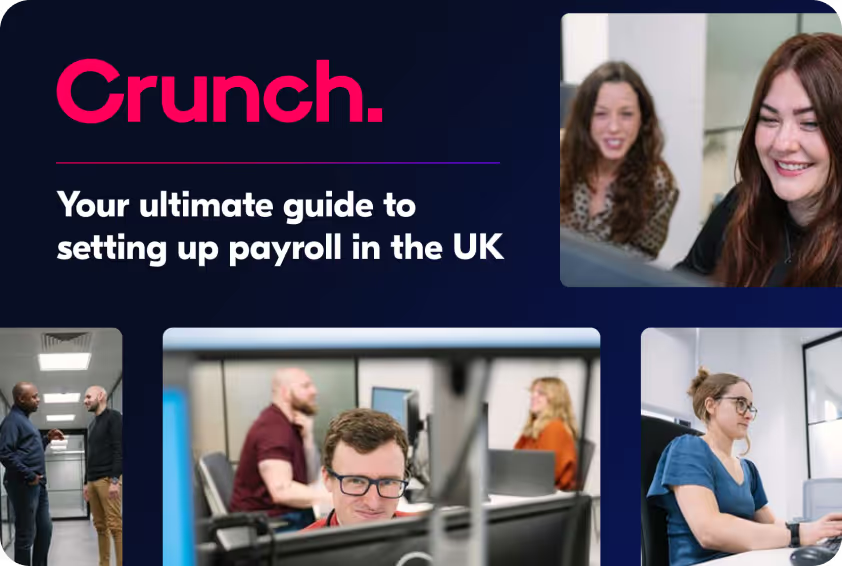When setting up an online store, product descriptions are often the last things we want to spend time on. However, remember that the product description is right above the “add to basket” button and that it might be the last thing your customers read before either purchasing the product or leaving your store for good.
Well-written product descriptions have a huge impact on sales. According to a recent study, product descriptions are the most important types of content to trigger a purchase: 98% of shoppers have been dissuaded from completing a purchase because of incorrect or incomplete product descriptions.

Follow this step-by-step article to understand how to write effective product descriptions that actually drive sales.
In this article, we’ll discuss the following:
- First, the “who”. Because a good product description is a description that sells, it is of primary importance to write for your customers.
- Second, we’ll discuss the “what”. We’ll walk you through what you need to include in an effective product description.
- Finally, we’ll talk about the “how”. We’ll give you some practical tips for writing effective descriptions that drive sales.
Let’s get started!
The “who”: Good product descriptions start with understanding your customers
A good product description is one that boosts your sales. Therefore, it’s of primary importance to start with understanding your customers and their needs.
There are two main questions that can help you answer that:
- Who are they?
- What do they need?
In order to understand who they are, you should try and understand if there’s a specific gender, age, or lifestyle that defines this group.

This will help you understand the right tone of voice when writing your product description and incorporate elements that will resonate with your target audience.
Let’s take an example. Let’s imagine that you’re selling sneakers.

The two pairs of sneakers are visually very similar. But if we look at their respective product descriptions, we quickly realise that they're targeting a different audience.
The first one is from Axel Arigato:
“The Genesis Vintage Runner features a retro inspired sneaker set on a lightweight modern streamlined sole. Upper and lining is responsibly produced using recycled plastic.”
Clearly, this Axel Arigato sneaker is aimed at a 30-45 year-old audience who cares about the environment and is into fashion.
This one is from Ted Baker:
“The Sarlo chunky sneakers have been panelled with suede and trimmed with tabs. Set on a chunky, pristine sole, they’ll add a contemporary twist to your sneaker collective. Team with chinos or joggers in line with your mood.”
This description focuses on the contemporary aspect of the shoe and how it pairs nicely with multiple looks. Clearly, this one is more aimed towards the busy individual who wants a more casual look on weekends.
Then, you need to understand your customer’s needs. A question that can help you frame the problem is “why would your customer hire your product?”.
The concept of “jobs to be done” was established by Harvard professor Clayton Christensen. We all have many jobs to be done in our lives. When we buy a product, we essentially “hire” it to help us do a job. So try to understand what your ideal customer hopes to accomplish with your product.
Understanding your core customer needs will help you craft a product description that will resonate with your audience and drive conversions.
In addition, this will help you understand your customer’s mindset and give you ideas for “bundles''. When you understand what job your customer is trying to accomplish with your product, you can more effectively suggest other products that pair well with the one your customer is looking for that would help do the job “even better”.

For example, if you read this description for a candle from the White Company, it’s interesting to see the emphasis placed in the second paragraph on the fact that this is perfect as a gift.
Undoubtedly, they understand that some of their customers shop in search of gift ideas. They have crafted their product description to help people understand that this candle can help achieve that task perfectly.
The “what”: A 3-step template for writing effective product descriptions
Now that you understand who you’re writing your product description for, let’s focus on what you need to include to make it as effective as possible.
If you’re reading this article, you’re probably not a professional copywriting expert. We’d recommend to stick to the following template:

1. Start with a short story
It’s always good to add some context and appeal to your customer’s imagination by setting the scene through a bit of storytelling.
It’s been proven that stories are more than 20x more memorable than facts. So use it to your advantage.
Just write a sentence or two and use sensory words where possible. We love the beginning of the product description for the Kentia Palm by Patch Plants:
“In the 1870s, the Kentia palm came to the UK. Queen Victoria herself was a big fan, insisting palms were placed around her coffin when she died.”
It doesn’t have to be longer than that, and it will help place the customer into the context you think is best for the product you have to sell.
2. Refer to the “job” your product does for your customer
You don’t need to think too much. Just be direct and fact-based to help your customers understand what your product does and why they’d need it.
If you really understand the “job to be done”, you'll even be able to suggest that your buyer add other products that work well together to their basket. In our plant example, you could suggest that they add a fertiliser.
The description could be something along the lines of:
“Palms are still incredibly popular, especially for indoor decoration. They love lots of bright light, but not harsh, direct sun. They will appreciate a feed with liquid fertiliser once a month in spring and summer.”
3. Go into specific product details
You’ve set the context with your story, and you’ve helped your customer understand more about your product.
Now, it’s time to highlight the technical details of your product. These details will help answer some questions your customers may have about the product and help them make a final decision on whether or not to buy your product.
This could include things like dimensions, colours, sizes and fabrics. Just add any detail that is relevant to help potential buyers make an informed decision.
{{cta-ecommerce-calendly}}
The “how”: Practical formatting tips to make your product description easier to ready
Because how you present your product description matters at least as much as what you write within your product description, you need to spend some time to format the information and make it easy to go through for your customers.
The first formatting rule is to keep your product descriptions short and concise.
Unless you’re selling a highly complex product, there’s no need to overwhelm your reader with lengthy descriptions. A good rule of thumb is to try as much as possible to fit all your product descriptions into a large iPhone or Samsung screen.
This will help limit the need for your readers to scroll down and miss potentially important information that would be hidden at the bottom of the page.

So keep it short! Stick to the template we described earlier with three paragraphs and a couple of sentences per paragraph as a maximum!
The second formatting rule is to use headlines and bullet points to add some structure.

Headlines and easy-to-scan bullet points will give the reader a feeling of making progress and will make your copy feel a lot more approachable.
So remember - make it easy on the eyes. This will help your visitors understand the product quickly and drive conversion.
Conclusion
In short, effective product descriptions are often short and concise. Remember to always start by understanding who you’re writing for. This will make your copy work even better for your target audience.
Structure is key. Don’t hesitate to use headlines, bold text and bullet points to make it easy to scan through.
If you’re new to online selling, use the above-described process for all your product descriptions. And if you’re already selling, why not start by rewriting the product description for your top sellers first? Just pick the top 20% of products and re-write the product description for them. See the impact on sales and iterate on the other products later on.
This article was written in partnership with Stephane Koch of Shappy.


.svg)

.svg)



.webp)














